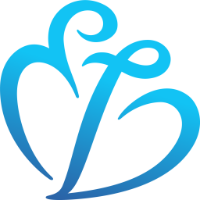
22 Places You Don’t Suspect Human Trafficking
When we think of human trafficking images of bars, strip clubs, sleazy motels and the like often flash through our minds. It happens in places I don’t go, we may be tempted to think. Not in my town. Not in my orderly, church-going neighborhood. Here are eight such places where human trafficking activities can be found. This list won’t surprise you:
- Escort services
- Illicit massage
- Pornography
- Street-side solicitation
- Strip clubs
- Bars, cantinas and motels
- Online/phone interactive sexual services
- Personal sexual servitude
This list fits most people’s stereotype. Human trafficking certainly flourishes in such places. But it also occurs in many other places—maybe right under your nose—where you might not dare to imagine. Here’s a list of 22 additional places where human trafficking victims can be found:
- Residential domestic work
- Traveling sales crews
- Conferences and large events
- Restaurants and food services
- Peddling and begging
- Agriculture and animal husbandry
- Health and beauty services
- Construction
- Hotels (including high-end)
- Cruise lines
- Truck stops
- Fitness facilities
- Major sporting events
- Commercial fishing
- Arts and entertainment
- Commercial cleaning services
- Factories and manufacturing
- Carnivals and county fairs
- Forestry and logging
- Orphanages (developing nations)
- Healthcare
- International adoption agencies
My favorite restaurant? Really? Human trafficking thrives in many industries like these, in part, because people don’t expect the problem to exist in those places. We just aren’t looking.
A word of caution: Just because human trafficking takes place all over the world, in almost every segment of society, doesn’t mean there’s a victim “behind every bush” (i.e., working in every establishment).
But now that you know more, it’s your responsibility to be watchful. You have new power—knowledge—regarding which it has been said, “With great power comes great responsibility.” Before we act, we must learn more about telltale signs that suggest a person may be trafficked.
Teachers, police officers and healthcare workers are among the many professionals now trained to watch for signs that a person is being trafficked.
Keep learning. Be a voice. Make a difference.
References:
The 25 Types of Modern Slavery
Related Articles
What is the Definition of Human Trafficking?
30 Ways to Identify a Victim of Human Trafficking
